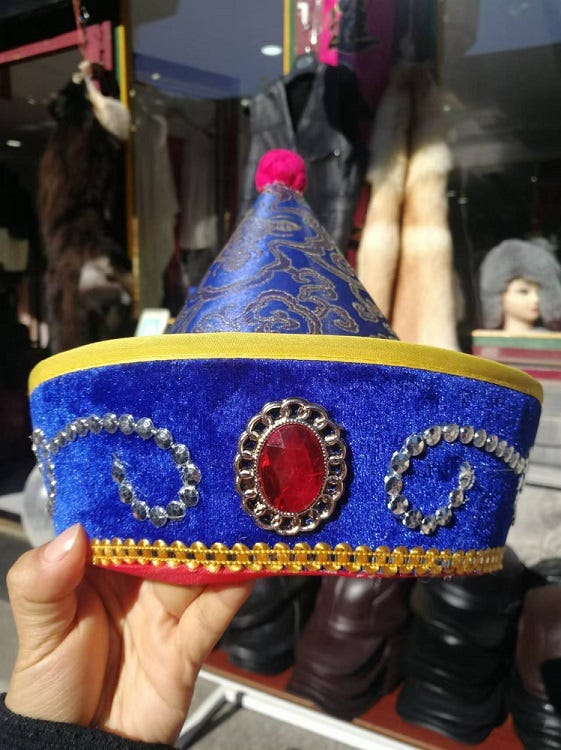About the content
枝丫: 一本奇幻小说
Zhīyā: yī běn qíhuàn xiǎoshuō
Twig: A fantasy novel
by 安妮 翟理斯 Ānnī Dílǐsī Anne Giles
edited by 侯慧颖 Hóu Huìyǐng
枝丫: 一本奇幻小说
作者 安妮 ·翟理斯
中文改编 侯慧颖
Twig 枝丫 zhīyā is fantasy series written in Simplified Chinese characters for intermediate level readers.
These are the central principles I have in mind as I write 枝丫.
Intermediate level vocabulary emphasizing frequently used words.
“Show, don't tell." Sentences are written as clearly, movingly, and beautifully as possible to let the reader experience what is happening rather than be told what to see, feel, and think.
Repetition of words and phrases central to the story's themes and motifs in support of the research of Hu (2013) that 3 to 17 exposures to new words in different contexts are needed to acquire new vocabulary.
Deep examination of the human condition in the contemporary world.
About the content in 枝丫1
Text of varying lengths, approximately 300 to 900 characters, in Simplified Chinese characters
Word list with pinyin and translations
PPT slide with a highlighted grammar point, related vocabulary, and sample sentences to study on your own or with a teacher
PPT Slide
Each chapter’s PPT slide is intentionally designed to highlight commonly-occurring grammar points. The slides include explanatory images and example sentences from the story, from everyday life, and from commonly-tested HSK structures. Mandarin Chinese learners can use the slides for solo study or to discuss with instructors. Mandarin Chinese teachers can use the slides to foster learning through interactive discussion. Slide images are generated by AI using SparkDesk科大讯飞, Midjourney国内版, and Microsoft Designer.
Links to all PPT slides and supplemental materials are on the table of contents.
Text
The story’s text contains the following features:
“Frequently-used words” as defined in this list
HSK 3/HSK 3.0 vocabulary
Repeated use of important words and grammar points to aid memory and understanding through exposures in different contexts. (Research suggests language learners need 3 to 17 exposures to learn a new word.)
Allusions to Chinese literature, particularly 静夜思 Jìng Yè Sī by 李白 Lǐ Bái (frequently recommended to beginning learners to memorize). Allusions to Rickshaw Boy are also included, thanks to RealTime Mandarin and to italki instructor Frank, who wrote a graded reader version.
Figurative language, including 像。。。一样
Sensory details to help the reader experience the story: see (including colors), hear, taste, touch, smell, perceive motion (and other kinesthetics).
Motifs, i.e. an element present throughout a story that helps convey a story’s meaning.
A motif of trees and their components - twigs, branches, trees, roots - to symbolize ambivalence about the individual’s need for freedom and growth and society’s need for order and structure.
A motif of light to symbolize additional themes of the story: insight, clarity, realization, truth, freedom.
光的主题贯穿整本小说。
Guāng de zhǔtí guànchuān zhěng běn xiǎoshuō.
A motif of light runs throughout the novel.
贯穿 guànchuān a connecting thread from beginning to end
“The lives of adults are always constantly complicated by identity negotiations, uneven distribution of power, implicit and explicit messages about language hierarchies and the human worth of the speakers behind them, and (for many at least) simply pressing life demands on time and resources. All these socially co-constructed conditions of an adult life create tensions that intersect with language learning trajectories and modulate how and how well new languages can be added and how the existing repertoires will be modified and expanded.”
- Lourdes Ortega
Ortega, L. (2024). Second and additional language acquisition across the lifespan. In L. Wei, Z. Hua, & J. Simpson (Eds.), Handbook of applied linguistics (2nd ed., pp. 27–40). Routledge.
Photo by Mary
Disclaimer: I am not affiliated with any providers of Mandarin Chinese learning services or resources. I am a customer and fan of many of them.


